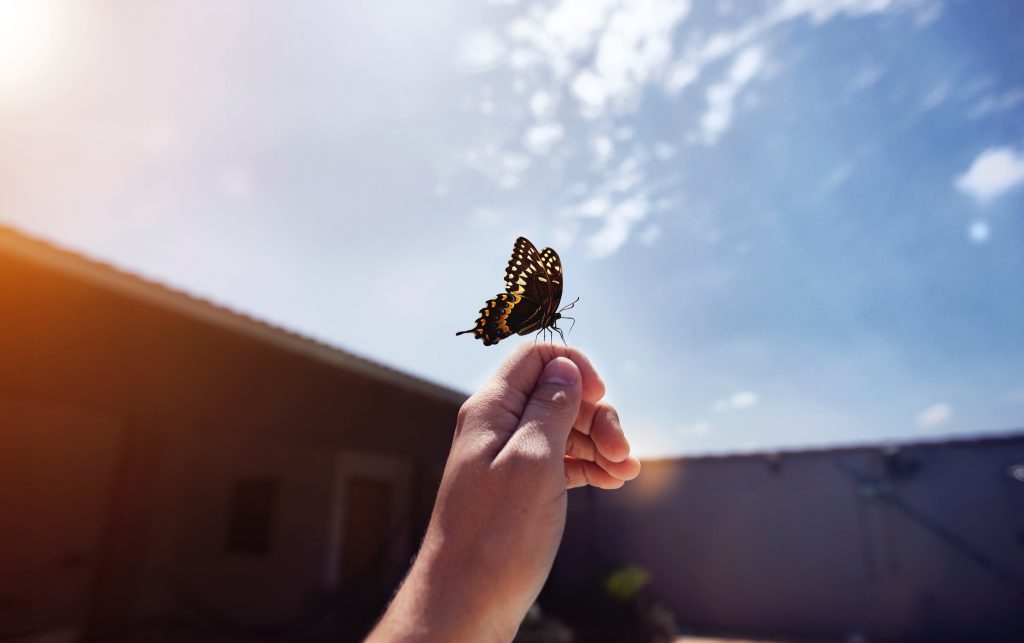
A boy once came upon a butterfly emerging from its chrysalis. He sat and watched the butterfly for many hours. There was a small hole in the outer lining and the butterfly seemed to be struggling to make it through. If left alone, the boy feared there was no hope for it to ever fly. He decided to help it along and, with a pair of scissors, widened the opening to aid the butterfly. And just as he had expected, it finally emerged, but fell onto the ground, weak and with crumpled wings. The boy waited patiently for the butterfly to spread its wings and fly away, but it simply never happened.
We learn about this process of metamorphosis early in our school years. After a detailed lesson on how it all works, we are also told not to help the butterfly, even if we truly wish to. The natural struggle to emerge from its chrysalis would have forced the butterfly to move fluid from its body to its wings and thereby inflate them. What seemed to the boy a disadvantage, was actually crucial to achieving flight. With the good intention of wanting to help the butterfly, he had inadvertently curtailed it.
What we think is good for the world and what really is good for the world may not always be one and the same. As Sadhguru says, the most horrific things on the planet have happened with the best intentions. How, then, does intention relate to karma? How can we ensure we don’t jeopardise a situation due to our good intentions? Sadhguru, in this video, gives us the necessary context and points out that a very fundamental yet subtle concept hides behind our intent.




